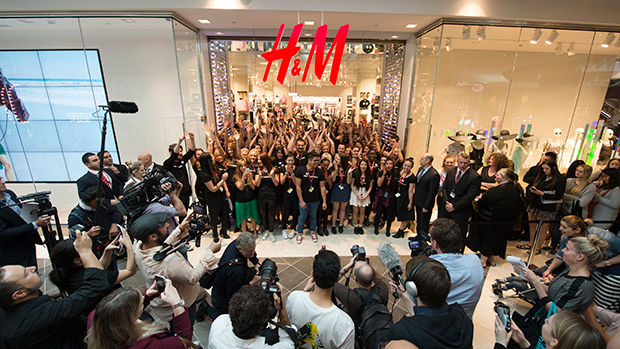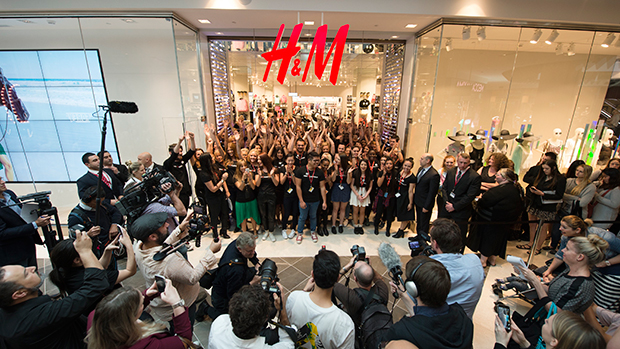Now that Sweden’s H&M has puts its footprint deep into Sydney soil, local retailers are bracing for the next wave of ‘barbarians at the gate’. This will likely include Marks & Spencer, Harvey Nichols, Hamleys Toys, Legoland, Eataly, Dean & Deluca and Debenhams, which is coming through a deal with Harris Scarfe.
But it’s not only global fashion chains that are arriving, our booming housing market has provided the fertile market conditions to attract retailers ranging appliances and homewares.

To take advantage of the demand for home furnishings, the overseas heavyweights of Zara and H&M, the two biggest fast fashion chains in the world, are now offering homewares in their new stores.
While H&M has dedicated prime floorspace to homewares Zara Home will soon open next door to H&M in Sydney’s Pitt St Mall.
Forever the optimist, Gerry Harvey has dismissed concerns about competition consumer sentiment, saying the strongest sales growth in Harvey Norman’s stores for more than seven years is proof that shoppers are confident and willing to spend.
“Consumer confidence at the moment is not subdued, it’s the highest it’s been for seven or eight years – that’s evidenced by the sales in our stores,” Harvey told Fairfax Media
Same-store sales in Harvey Norman’s Australian stores jumped 7.1% in the September quarter – the strongest growth since the global financial crisis – lifting pre-tax earnings by 27.8% to $91.8 million
Knight Frank Australia senior director retail leasing Alex Alamsyah, explained that international retailers are likely to continue to have a major bearing on the Sydney CBD retail market for the foreseeable future.
“With domestic expansion prospects in Europe and North America becoming increasingly limited, the overall attractiveness of the Australian retail market is favourable for international retailers. Australia is supported by a resilient local economy and high discretionary spending.”
“However, for the Sydney CBD, the next two to three years is likely to be characterised by the influx of luxury retailers, driven by the low Australian dollar and increase in Asian tourism,” Alamsyah said.

